
SoCal Cruisers Fast & Furious in ARC+
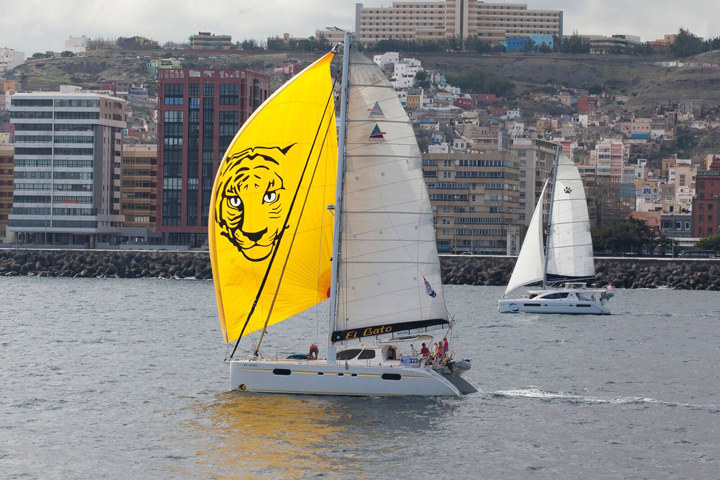
"We effing killed it!" exclaimed Annie Gardner in her first post after Erik Witte and her Southern California-based Catana 472 cruising catamaran El Gato crossed the ARC+ (Atlantic Rally for Cruisers) finish line over the weekend, fourth in a fleet of 59 boats. The first boat was the X-612 Nix, which completed the 2,100-mile course in 10 days, 4 hours and 51 minutes. Second to finish by about an hour was the Gib Sea 51 Adrienne II, while third by another hour was the F/P Victoria 67 catamaran Lir, which managed to waterline El Gato by just another hour.
"Ten days, 9 hours, 10 minutes to cross the Atlantic on our home on the water!" continued Gardner. "It was fast and furious, and it was exciting and exhilarating. While it took tons of preparation and a lot of hard work, it was totally worth it." [Editor’s note: The 10 day, 9 hour time is a little confusing because it was the 2,100 miles from the Cape Verdes, not the 2,700 miles from Gran Canaria. The source of the confusion will be explained shortly.]
El Gato picked up her first 200-mile day in the event, and followed it up with a bunch more. The boat’s top speed was 16.6 knots, which is not bad for a rather luxurious — and thus not very light — 47-ft cat.
Gardner — who was the navigator for the 1995 Women’s America’s Cup team, and who has won countless regattas and held countless world sailing titles, including a silver medal in the 1984 Olympics — and Eric picked the ‘right’ ARC to do this year. Let us explain.
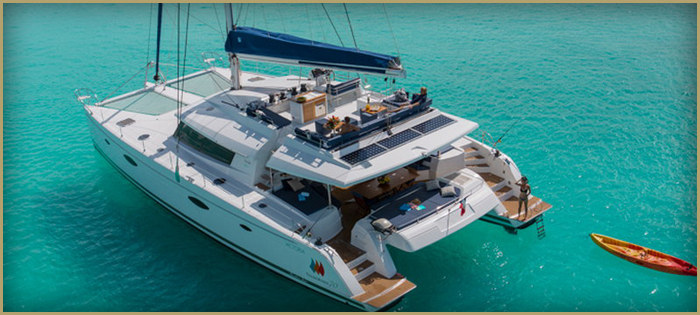
Because the 225 ARC slots had been oversubscribed year after year, a while back World Cruising Ltd., which puts on the ARC and other cruising rallies, decided to create an additional event to accommodate everyone who wanted to rally across the Atlantic. That event is the ARC+. The difference between ARC+ and the ARC is that the ARC+ started from Gran Canaria on November 8, and the fleet sailed south to the Cape Verdes and stopped for a few days, then continued 2,100 miles across the Atlantic to St. Lucia in the Eastern Caribbean. The ‘regular’ ARC boats started from Gran Canaria on November 22 and are to sail 2,700 miles to St. Lucia without stopping. In theory, the boats from both fleets arrive in St. Lucia in time for the December 9 hullabaloo of a great combined party. Theory doesn’t always work out in sailing.
In actuality, the 59 boats in the ARC+ fleet had plenty if not too much wind, while the 195 ARC boats that started 14 days later have gotten skunked. As of Sunday, the closest ARC boat to the finish is the VO65 Team Brunei, which was more than 400 miles out when El Gato finished. And the next two ARC boats were a whopping 550 miles back. As if that isn’t bad enough, the other 192 boats in the ARC fleet would have to average about 170 rhumbline miles a day for the next 10 days to make it to St. Lucia for the awards party. That’s just not going to happen, not with another day or two of having to try to sail dead downwind in less than 10 knots of breeze.
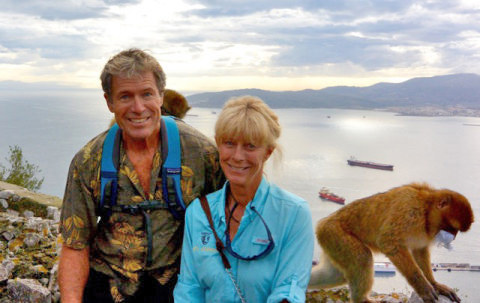
©Latitude 38 Media, LLC
Gardner and Witte did not sail alone on El Gato, as they had an excellent third sailor, Lewie Wake, aboard. They needed him because the autopilot crapped out. Fourth crewmember Niza Brown, who suffered from a bout of food poisoning, was a dedicated cook, so the three others each had to hand-steer eight hours a day.
"This journey will be one to share with each other for years to come, and a good tale to tell to the grandkids someday," continued Gardner. "The nice thing is that we’re in the Caribbean, which is where I want to stay for as long as possible."
Gardner and Witte purchased El Gato in the Med in late May and cruised her from the Greek Islands west during the summer, making their way to the Canaries for the start of the ARC+. Although Gardner is one of the most accomplished women sailors in the United States, the ARC+ was her — and Witte’s — first ocean crossing. They write a great blog, so if you’re curious about cruising in the Med, we highly recommend that you visit tradewindadventures.wordpress.com. Lots of photos, too.
This, the 30th anniversary of the first ARC, attracted a total of 254 entries, an all-time record. There were 12 entries from the United States, about half of them multihulls. About one third of the entries sailed the Canaries-Cape Verdes-St. Lucia ARC+ course. We suspect the percentage of boats taking that ARC+ route will grow over the years, as there tend to be more consistent trades farther south, and the boats get to stop instead of sailing nonstop.
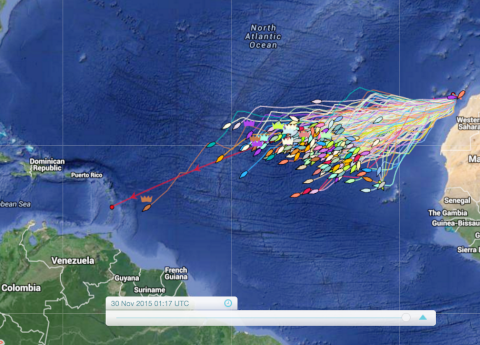
©Latitude 38 Media, LLC
In other transatlantic sailing news, Lloyd Thornburg of St. Barth and Newport Beach leads the 10-boat, 3,000-mile RORC Transatlantic Race from the Canary Islands to Grenada with his MOD70 Phaedo3. They were averaging in the high 20s the first couple of days, leaving all the monohulls in the dust, and gaining a 40-mile lead on Concise 10, the other MOD70 in the race.
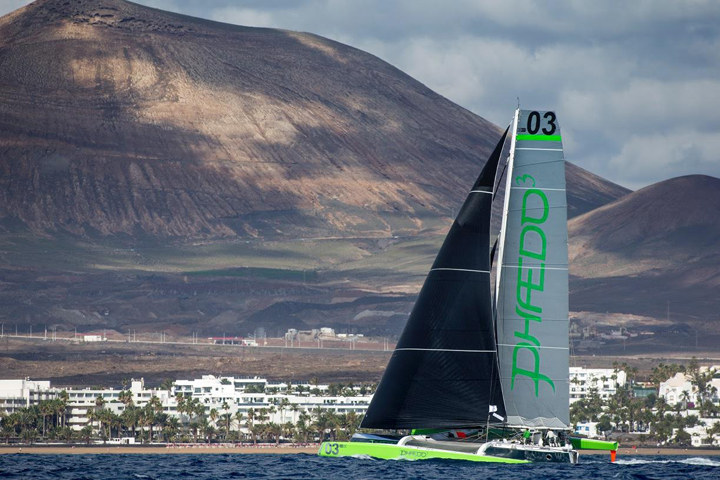
Thornburg’s Phaedo3, with the help of skipper Brian Thompson, has spent the last year shattering records from the Caribbean, to the United States, across the Atlantic, off England, and off France. Still in his mid-30s, Thornburg apparently isn’t through, as he’s bought a new set of sails and signed up for both the Caribbean 600 in February and the Voiles de St. Barth in April. Phaedo3 established course records in both events last season. Paul Allen of Santa Cruz has been a regular crew for Phaedo3’s record runs.
